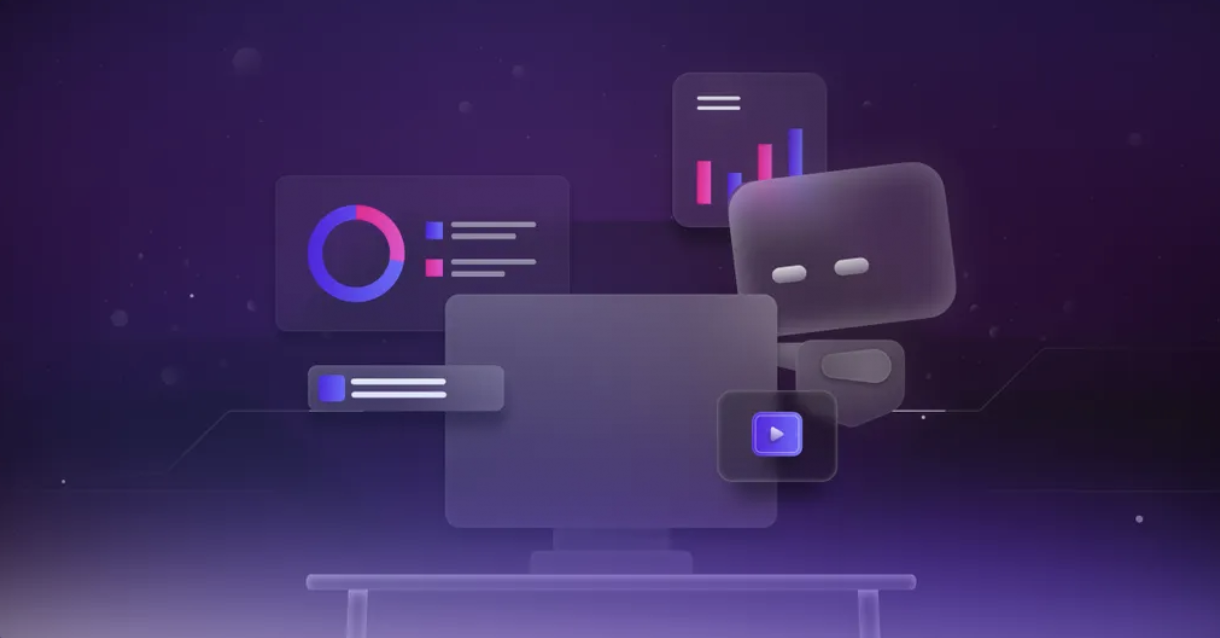How Much Does 2D Animation Cost and How Long Does It Take?
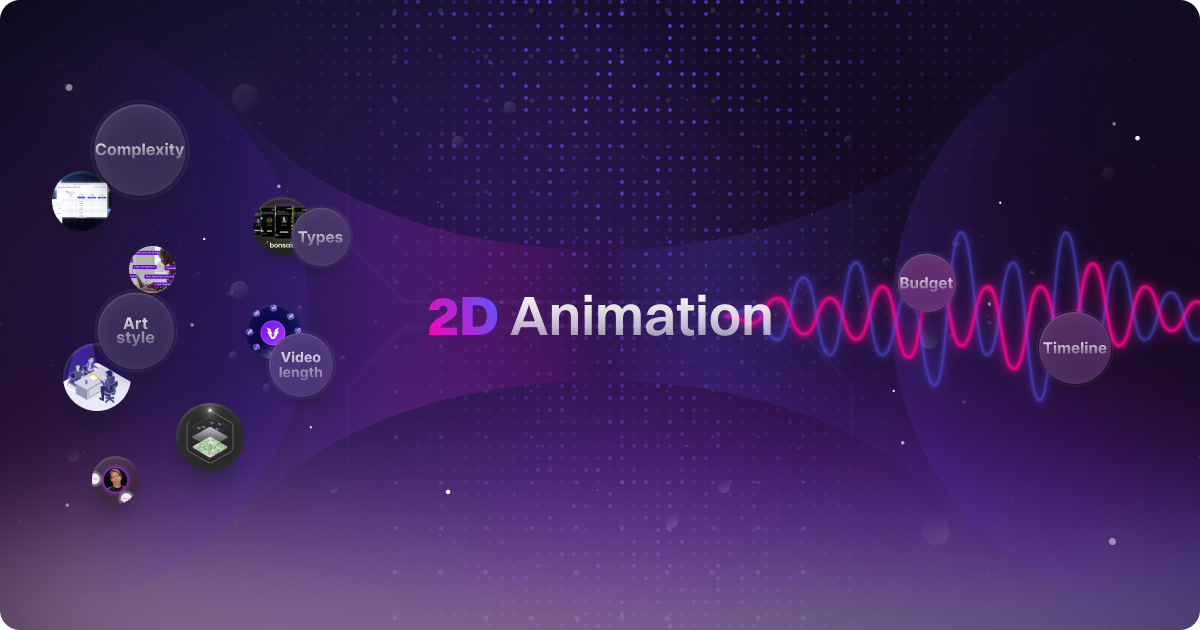

table of content
If you visit our website or social channels, you’ll notice right away that we’re a digital design agency built on animation. From day one, motion design and 2D animation have been our core focus and continue to be where our expertise shines the most.
Over the years, we’ve handled almost every type of video project outside of narrative entertainment. From typography and character animation to mixed media that blends 2D with live-action or even AI-generated content, we’ve done it all. 2D animation is where we feel most at home and where we deliver the strongest results.
What many clients don’t realize is just how much work goes into creating a 2D animation. That’s why we use opportunities like this to walk them through the process and show the value of what we do. In this blog, we’ll break down the main factors that shape a 2D animated video, including cost, timeline, and workflow, so you’ll know exactly what to expect when planning your next project.
2D animation cost breakdown
We’ve already done a full cost analysis on marketing videos, so think of this article as a follow-up. This time, we’re zooming in on 2D animation and what really goes into the price tag.
If you’ve ever Googled “how much does a 30–60 second 2D animation cost,” you’ve probably seen answers all over the place. Some say $5,000–$30,000, while others throw out numbers as high as $100,000–$500,000. Pretty wild for such a short video, right?
Here’s the thing. On average, a 2D animator makes about $39 an hour this also vary depending on the experience they has. Most studios say a 1-minute video can take anywhere from 3 to 8 weeks to produce. If one person handled everything from script to final render, that alone would come out to around $7,800. But that’s not the reality. Real projects usually involve more than one animator, plus scriptwriters, storyboard artists, project managers, and editors. On top of that, you’ve got software subscriptions, tool costs, and revisions that add up quickly.
Who you hire also makes a big difference:
And it doesn’t stop there. The final cost also depends on things like the art style, animation complexity, length of the video, production timeline, number of revisions, and even where the team is based.
So while the finished piece might only be a minute long, a lot of people, time, and tools go into making it happen. That is what you are really paying for: the expertise and the process, not just the minutes on screen.
2D animation timeline breakdown
Just like cost, the timeline for producing a 2D animation can vary a lot depending on the style, scope, and resources. On average, creating a professional 1-minute 2D animation takes anywhere from 80 to 300 hours of work. That can stretch across a few days or several weeks depending on what you are trying to achieve.
The style of animation is one of the biggest factors. Frame-by-frame animation is the most time-consuming since every single frame needs to be drawn. Projects like this often take weeks or even months. Motion graphics, on the other hand, are much faster since they rely on shapes, text, and transitions. In some cases, a simple motion graphic can be produced in just 2–3 working days (this excluding storyboarding and script writing).
Other factors that play a big role include:
- The skills and experience of the animators
- The size of the team working on the project
- The tools and software being used
- The overall level of detail in the design and animation
So while some projects can be completed in days, others may take months. The key is to align the animation style and production resources with the goals of the project to get the right balance between speed and quality.
So, how does Motion The Agency works fast while staying on budget?
The simple answer is that we’ve built a strong, reliable workflow that keeps our team from feeling overwhelmed or burnt out, while still delivering high-quality projects on time.
The longer answer is that this didn’t happen overnight. We’ve worked hard to create a well-oiled system by testing different tools to boost productivity, setting up strict quality checkpoints for every project, and learning from trial and error over the years. The workflow we use today is the result of our experienced team refining the process again and again until we perfected it. But here are a few ways we can managed this.
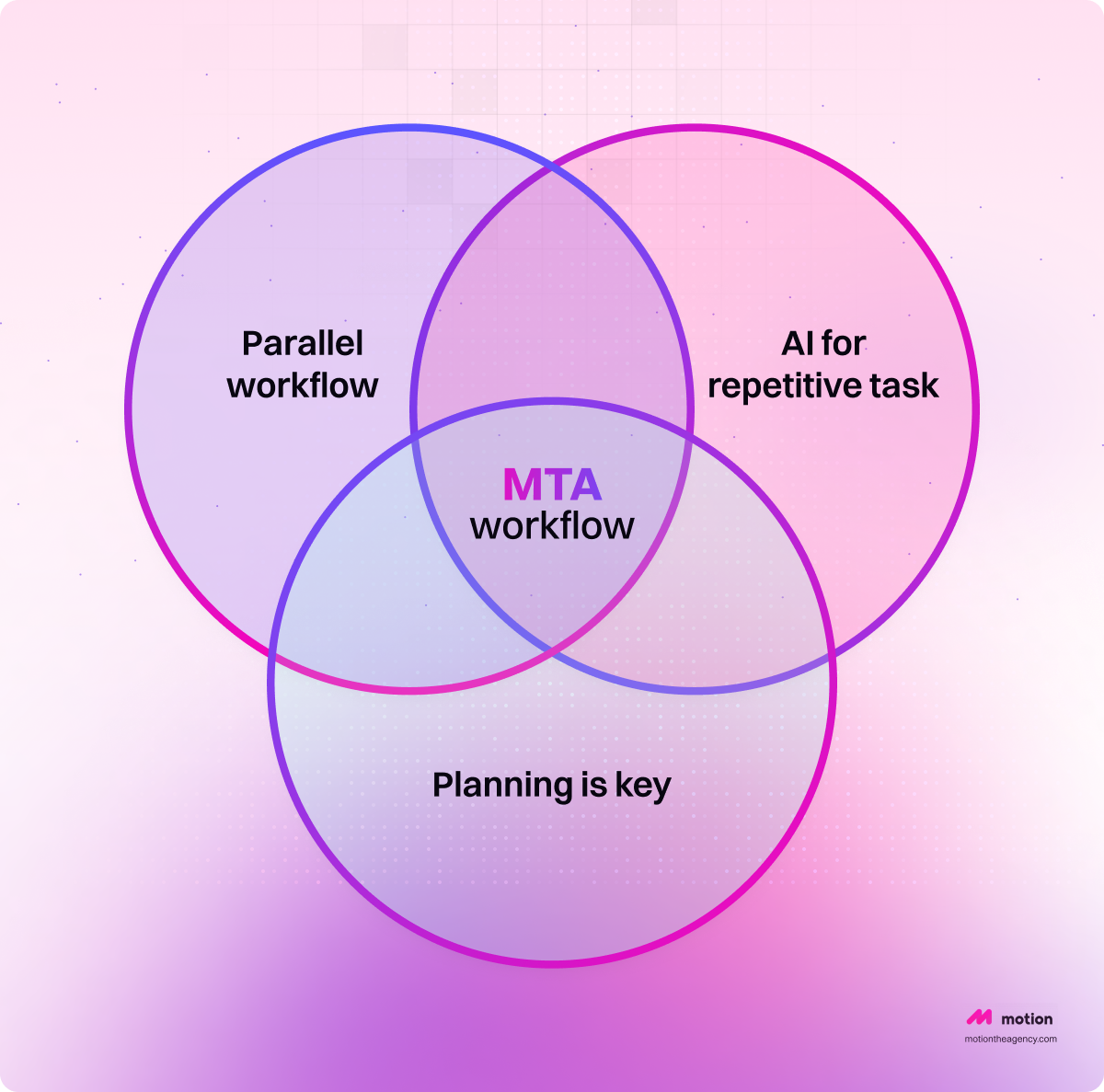
Parallel workflow
When we take on complex projects, we like to set up parallel workflows. That means two or more animators can work on different scenes at the same time. It helps us move faster without losing quality, since everyone can focus on their part while still following the same overall style.
And it’s not just the animation stage where we do this. In 2D projects, we also run scriptwriting and storyboarding in parallel, so by the time animation starts, there’s already a solid foundation in place.
The best part is that once someone finishes their piece, they can jump onto another task or even another project. That way, we keep things moving, save time, and make sure no one is sitting idle while waiting for the next step.
AI for repetitive task
A lot of parts in 2D animation can take up way more time than they should. Take a project with human characters for example. Normally we would spend hours digging through thousands of stock photos just to find the right reference. Or in After Effects, we might have to write coding scripts to handle repetitive tasks. That is exactly where AI comes in handy.
Like we mentioned in our Klutz review, we often use it as a helper when we are under pressure. It is great for quick scripting jobs and automating the small things that pile up and slow the team down. On the creative side, we use MidJourney and Kling AI to generate references and mockups. They help us test ideas quickly and set a clear visual direction.
By letting AI handle the boring tasks, our team has more time to focus on the creative details and fine-tuning that make the animation shine.
Planning is key
Before we even start production, we always have an initial chat with the client to get aligned on goals, style, and the overall approach. That way, everyone’s on the same page from day one and we avoid surprises later.
Once the project kicks off, we keep communication open at every stage. Each step has its own quality check, so we can catch small issues early instead of dealing with big revisions at the end that would eat up time and budget. Clients are fully involved in this process too. We use tools like Figma and Frame.io, which let them drop comments directly on designs, storyboards, or video drafts.
This way of working keeps everything moving smoothly. Feedback comes in quickly, our team can make adjustments right away, and quality stays consistent without the stress of last-minute changes.
Conclusion
So if you ask us, “how long does it take to create a 2D animation and how much does it cost?”
For us, a 2D video typically costs between £2,700 and £5,200, with a timeline of about 4 to 14 working days, not including revisions. Of course, the bigger answer is that it really depends on what you’re looking for. A detailed, intricate animation will naturally take more time and budget, while a simpler piece can be produced faster and at a lower cost.
At Motion The Agency, our goal is always to find the right balance of speed, budget, and quality so that the final animation is not only engaging but also effective in achieving your goals. Every project is a little different, which is why we put so much focus on planning, communication, and quality checks along the way. That way, you get results that look great, perform well, and arrive on time.
If you are considering a 2D animation project and are unsure where to start, let’s talk. Book a call with us, share your ideas, and we can walk you through what is possible. We even offer a free sample so you can see firsthand how our approach fits your needs before committing.
FAQ
What is the usual timeline for 2D animation?
- For a simple 1-minute 2D animation, production usually takes around 2–3 weeks. More complex videos will take longer, and it is important to factor in planning, scriptwriting, and revisions when setting your timeline.
How much does 2D animation cost?
- The cost can range widely from $1,000 to $100,000+, depending on complexity. On average, most 2D animation projects fall between $3,000 and $30,000.
Should my company hire an internal 2D animator?
- If your company needs a steady stream of 2D animated content, hiring in-house can make sense. But if you only need a few videos here and there, working with an agency like Motion The Agency is usually more cost-effective.
What should I plan before creating a 2D animation?
- Start by knowing the style of animation you want, the type of video you need, and where it will be used. Answering these questions will help you and your production team plan the project more effectively.

Contact Us
Ready to elevate your brand? Contact us for your
Free Custom Video Sample
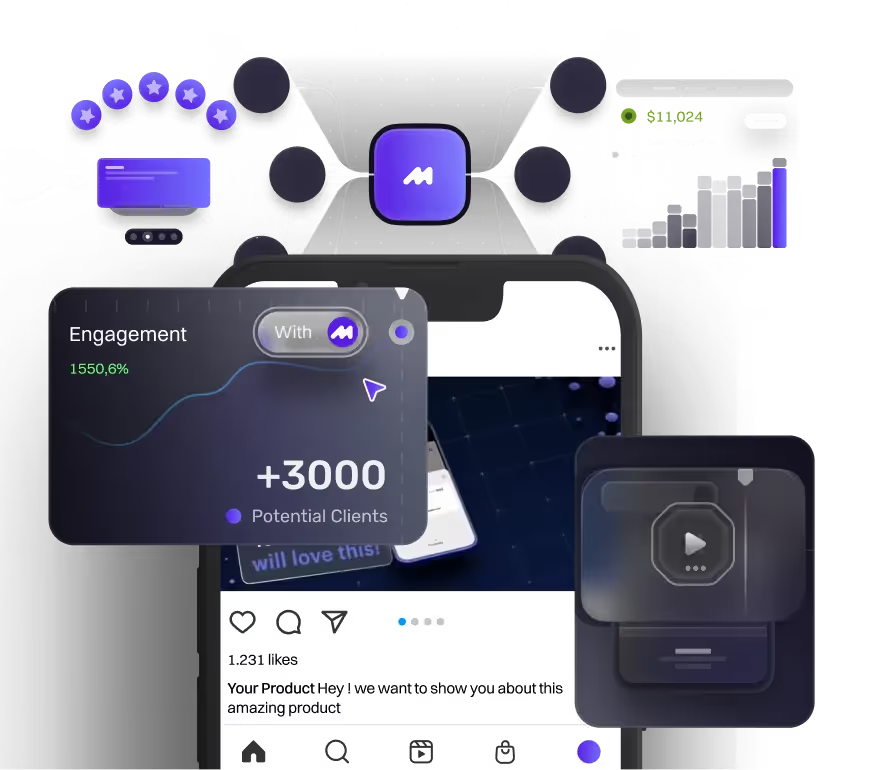






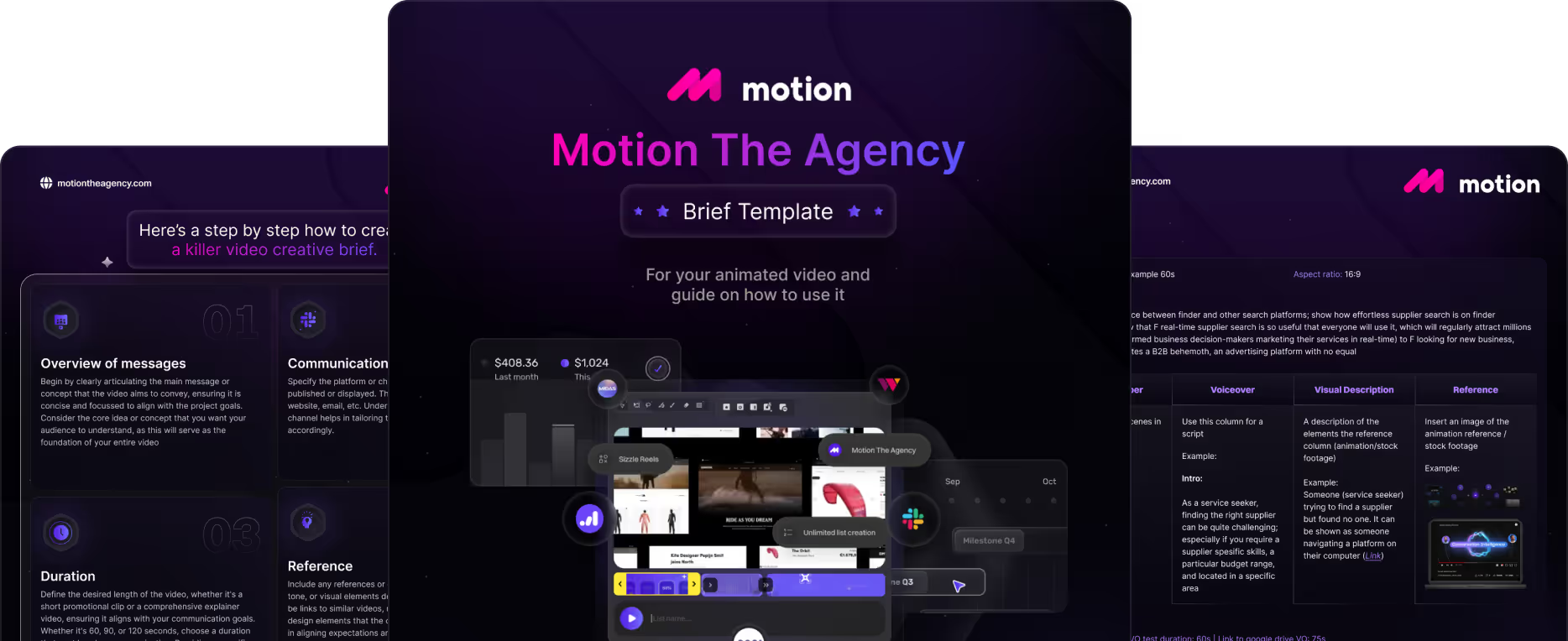
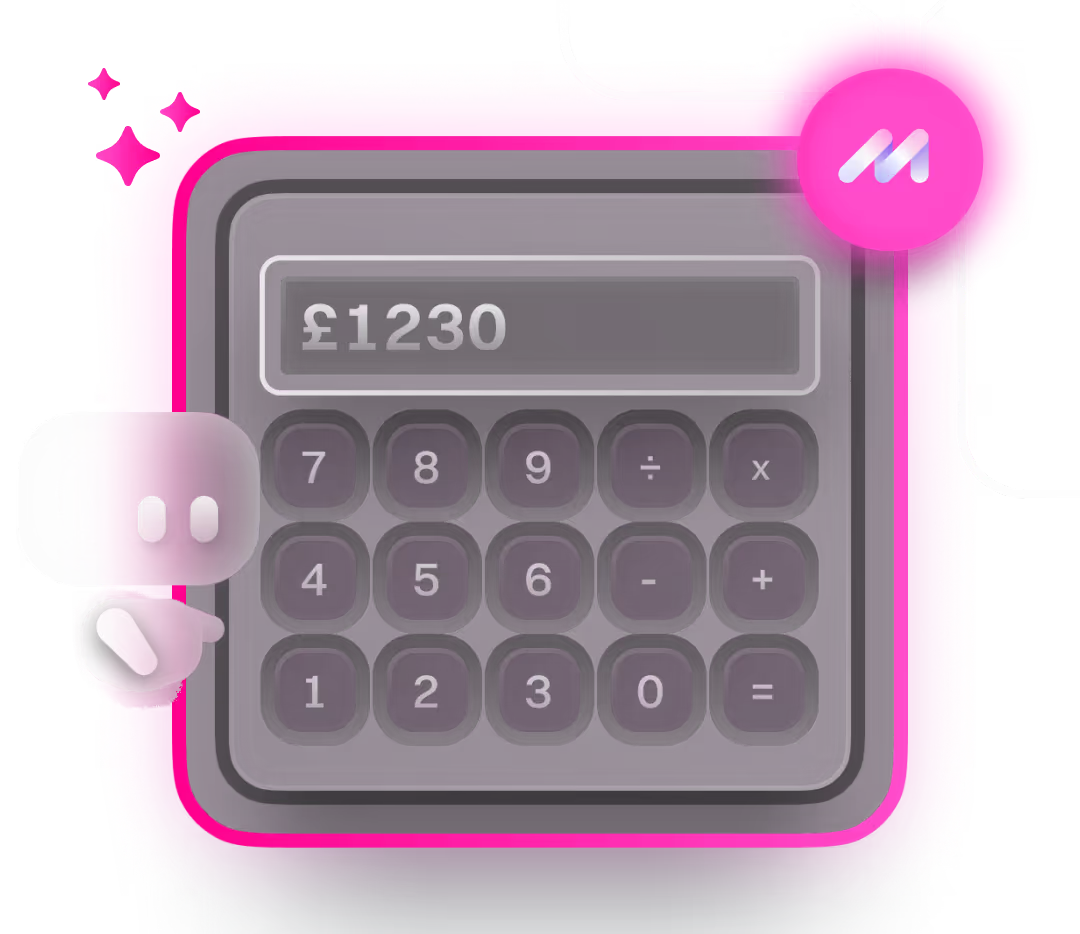


.png)
